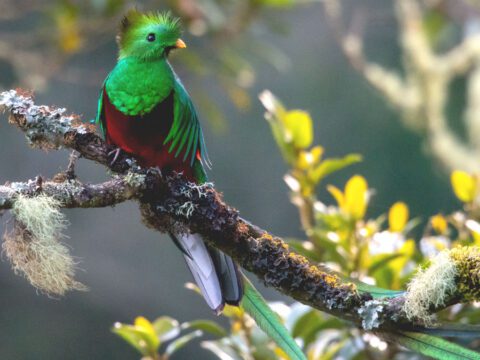Can eBird Help Choose Better State Birds? Part 4: Native Species and a Few Surprises
California loves its California Quail; South Carolina treasures the Carolina Wren. But that doesn't mean every bird with a state in its name has to be the state bird. Here's a list of alternatives.
March 30, 2023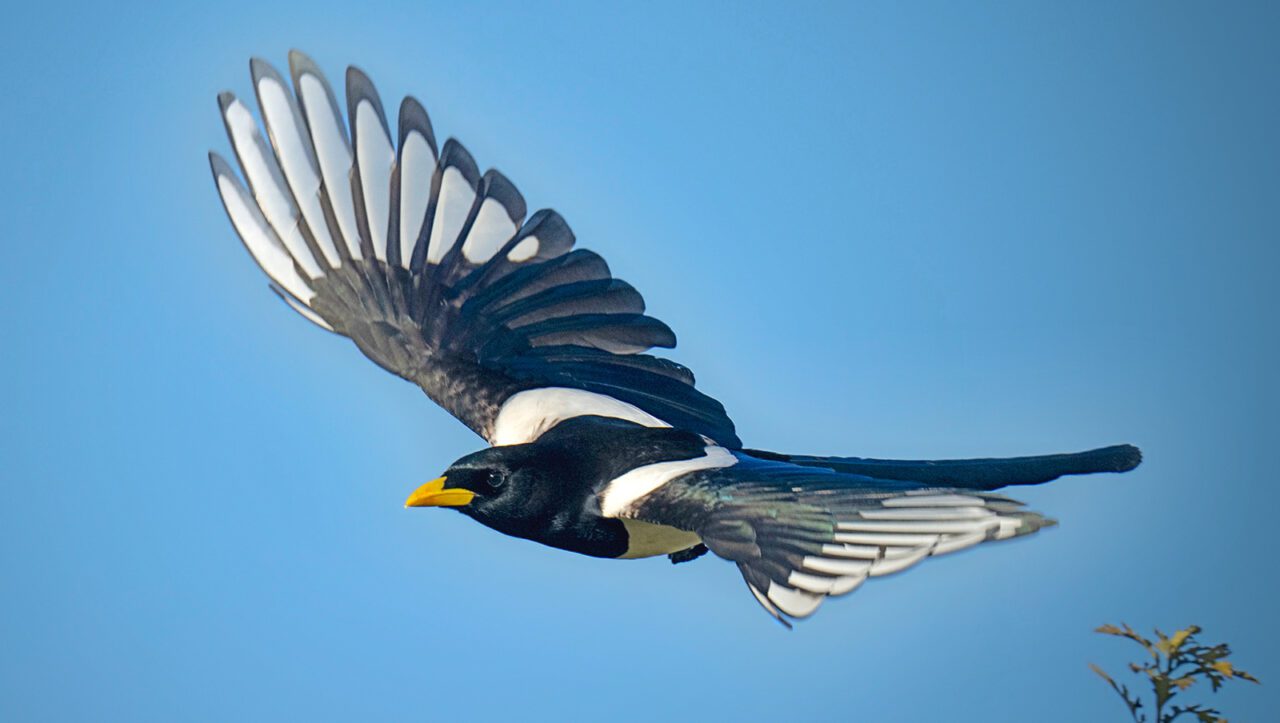
From the Spring 2023 issue of Living Bird magazine. Subscribe now.
This is Part 4 of our reevaluation of state and provincial birds, a light-hearted project using eBird analyses. On the whole, the current slate of official birds includes some fine choices—some of them just seem a bit random. It got us wondering which birds have the deepest connection to their state or province, in a biogeographical sense—so we used eBird Status and Trends models to do just that. See more details about our process in Part 1.
It would be mighty tough for states to break up with their namesake birds—California Quail, Hawaiian Goose, Baltimore Oriole, Carolina Wren, we hear you.
But as emblematic as those birds are, a look at eBird Status and Trends data uncovers some other reasons for celebrating birds, such as endemism (the Yellow-billed Magpie is found in California and nowhere else—surely that’s a good reason for its candidacy?). Or global significance: Maryland has only 1% of the world’s Baltimore Orioles (its current state bird), whereas it hosts one of the highest breeding concentrations of Seaside Sparrows in the world.
And then there’s Utah, which honors a bird named for a different state entirely, the California Gull. According to lore, in 1848 the Mormon settlers’ crops were threatened by swarms of Mormon crickets (a type of katydid). Just in time, a flock of California Gulls swooped in to feast on the pests, saving the crops. The salty lakes of Utah do indeed host an extremely high concentration of breeding California Gulls. Even so, the Wilson’s Phalarope puts on an even more impressive show, with more than two-thirds of the global population breeding in Utah.
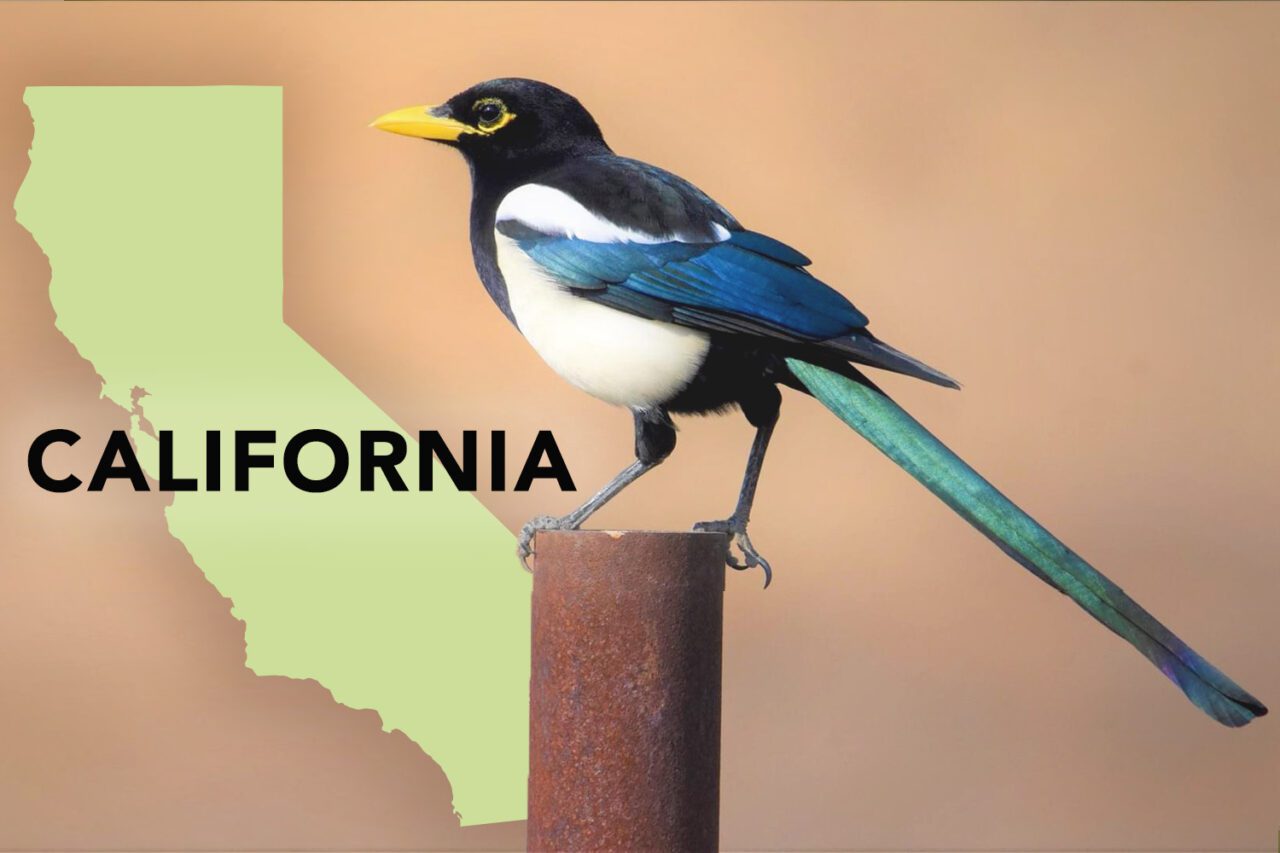
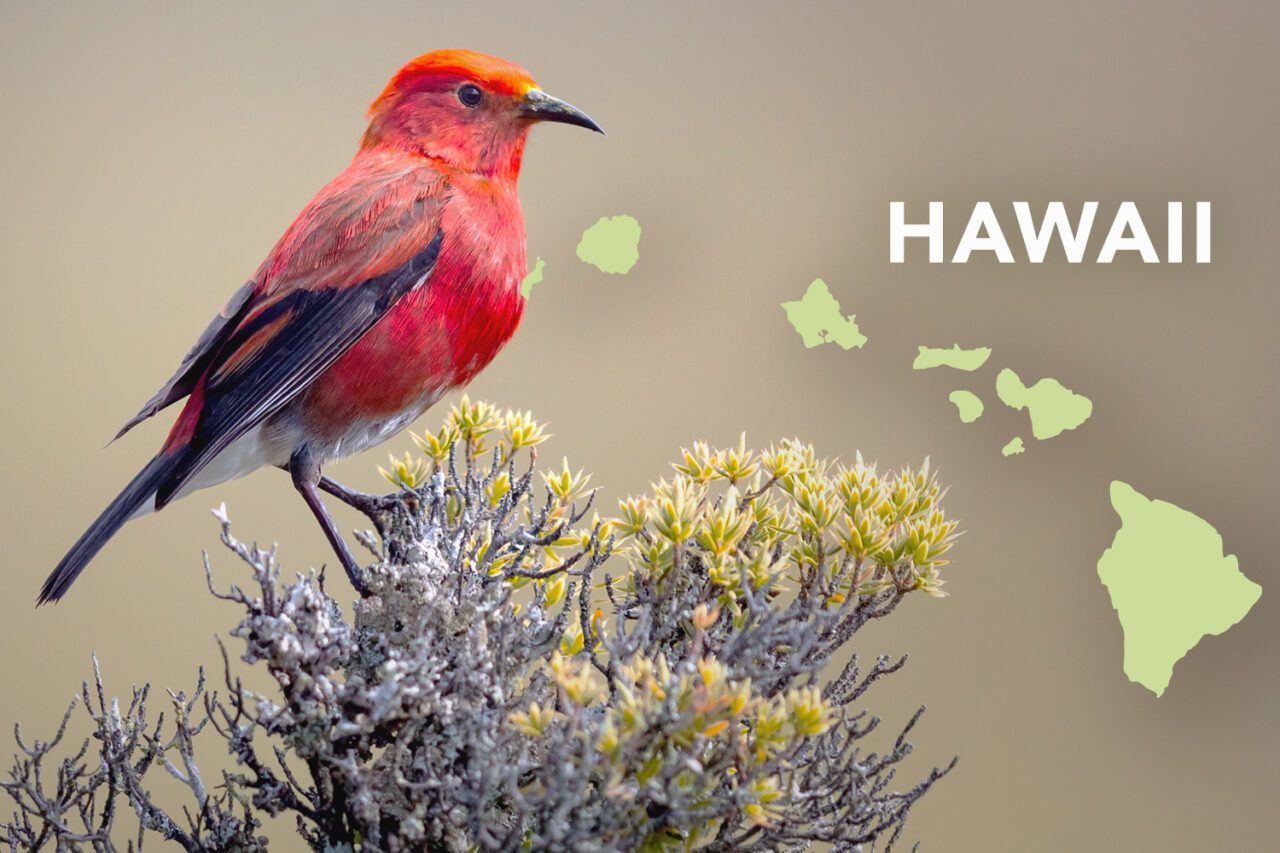
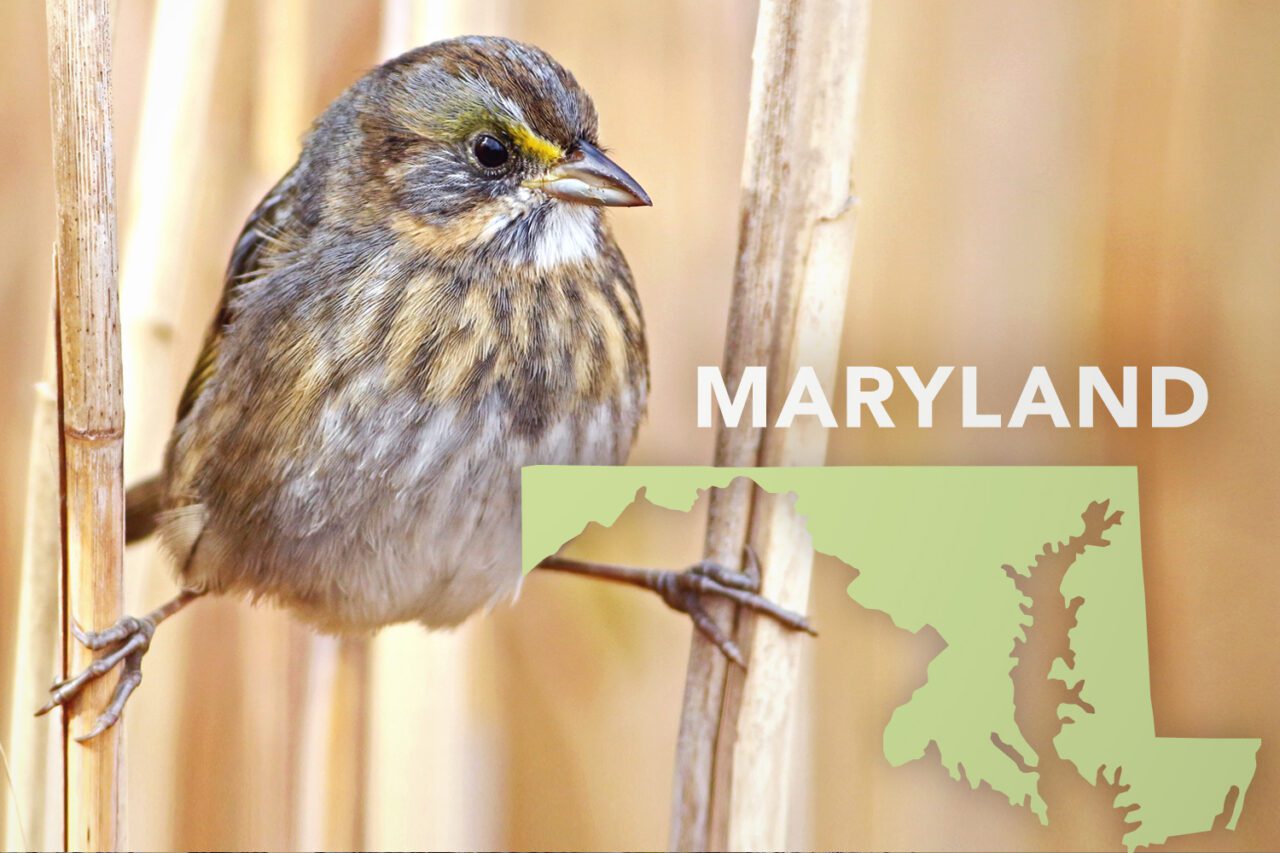
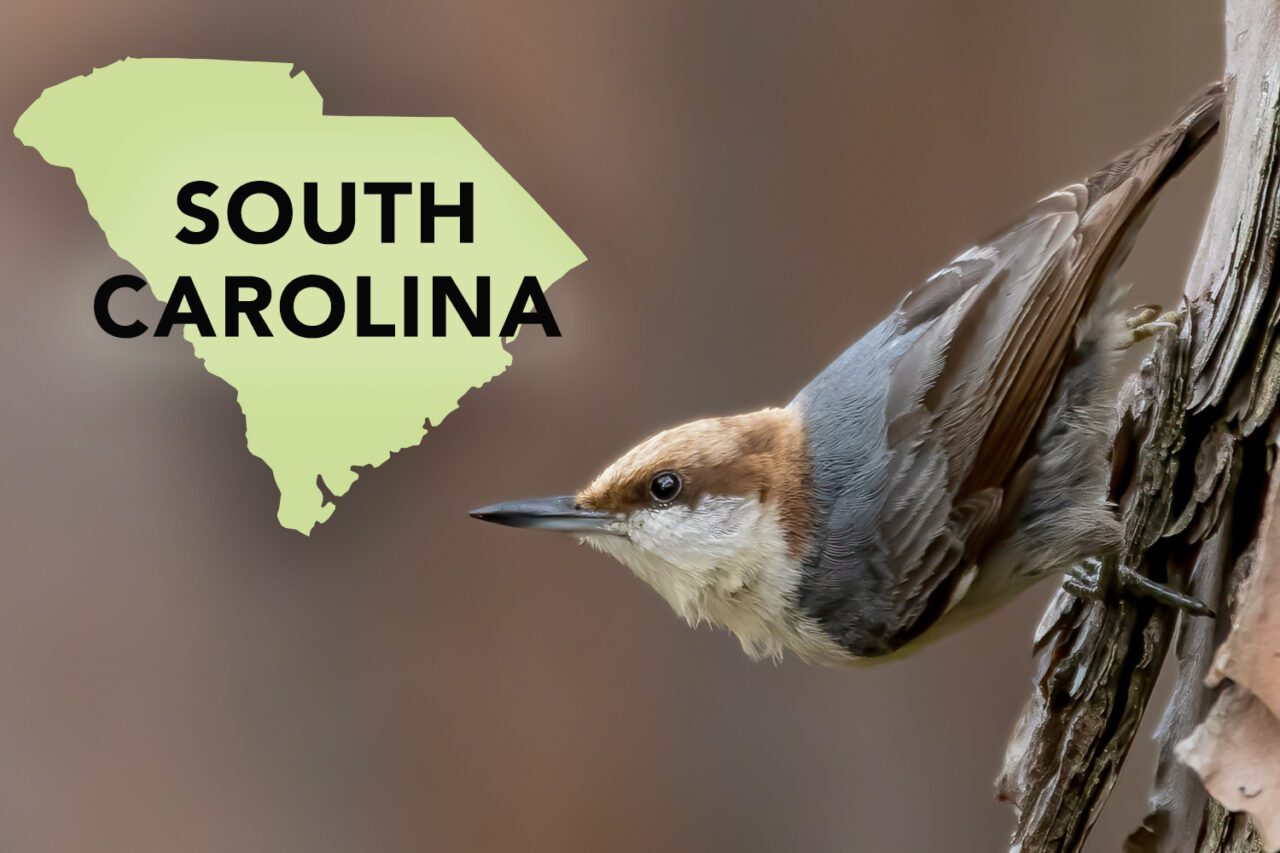
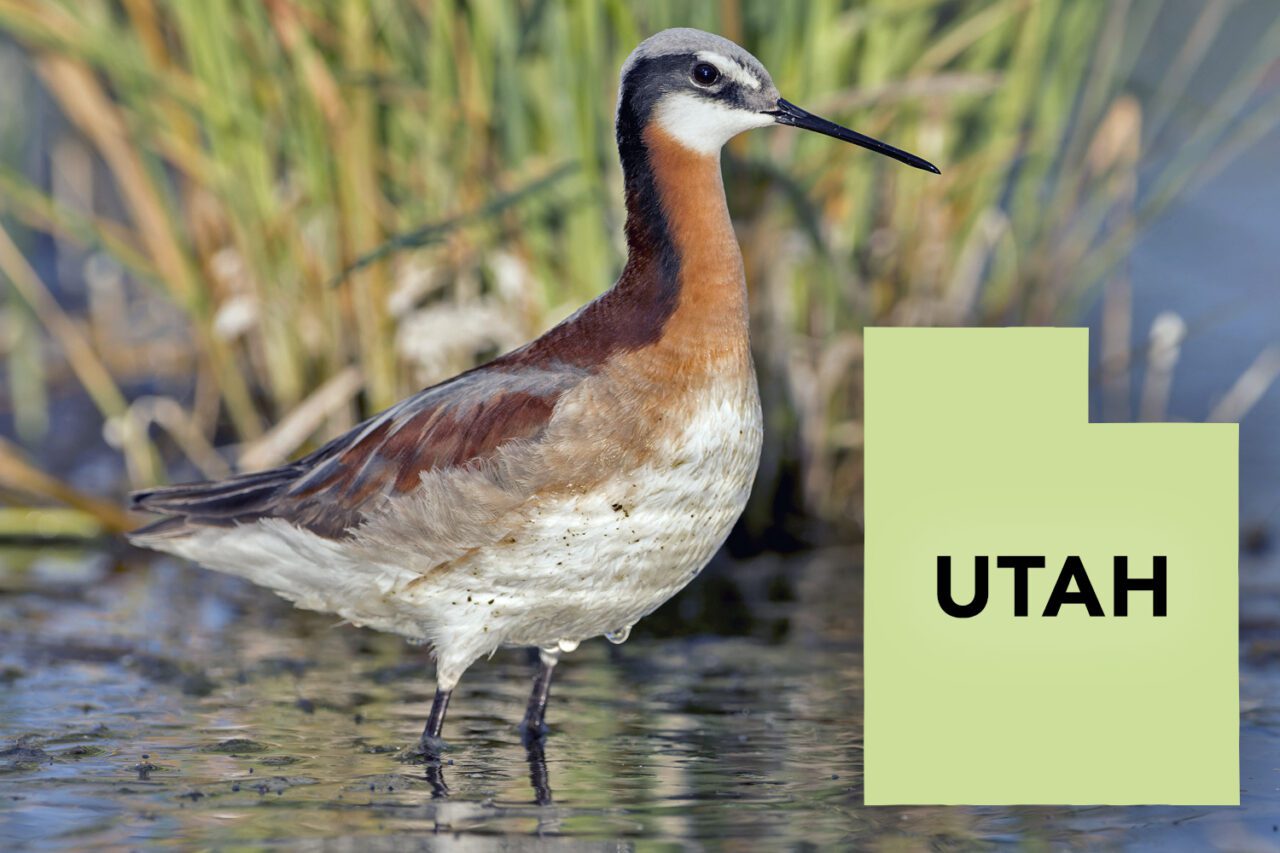
Should State Birds Be Native to Their State?
Three states currently honor birds that are either domesticated or introduced to this continent. They each have their good points, but from a biogeographic point of view they’re basically non-starters. Turning to eBird, we looked for replacements that are native species with a strong tie to their state. Might these states consider declaring a native bird alongside their sentimental favorites?
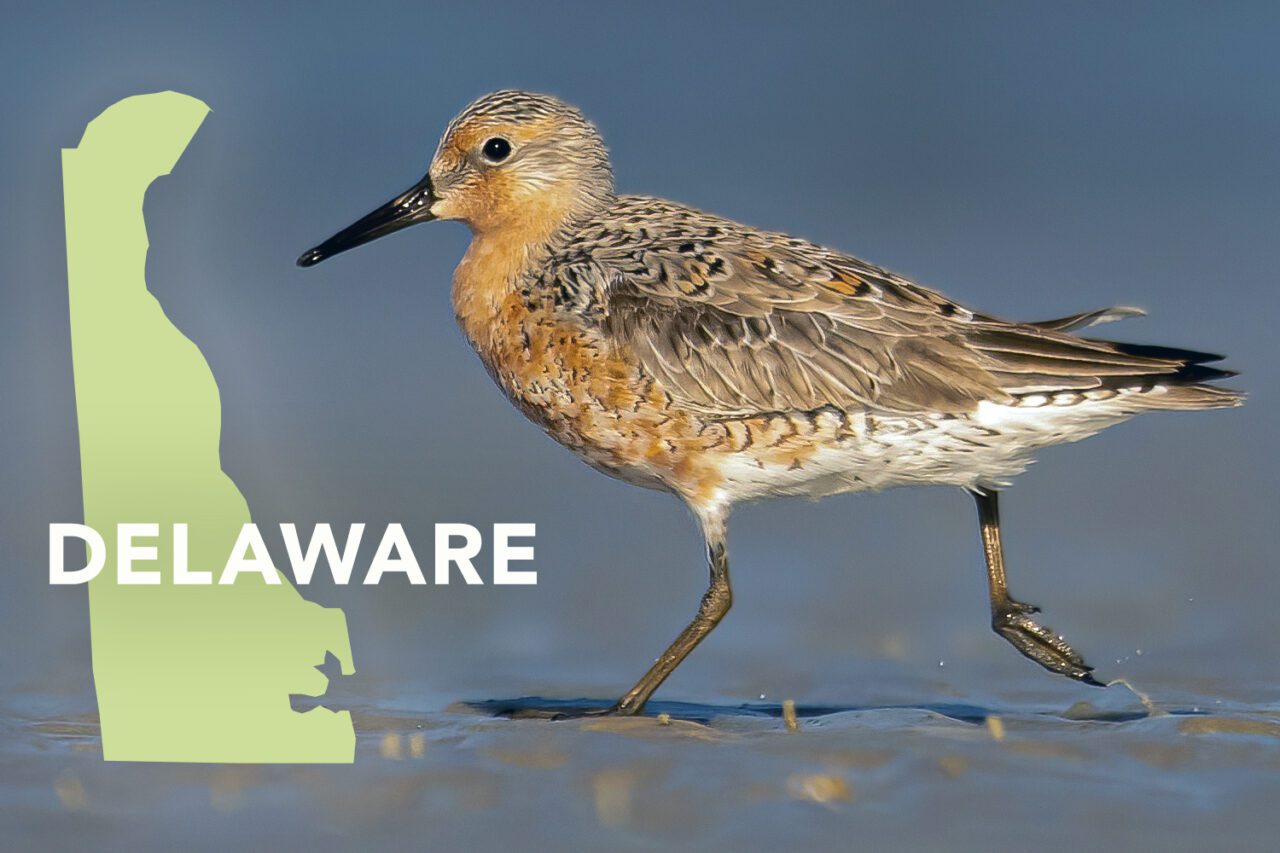
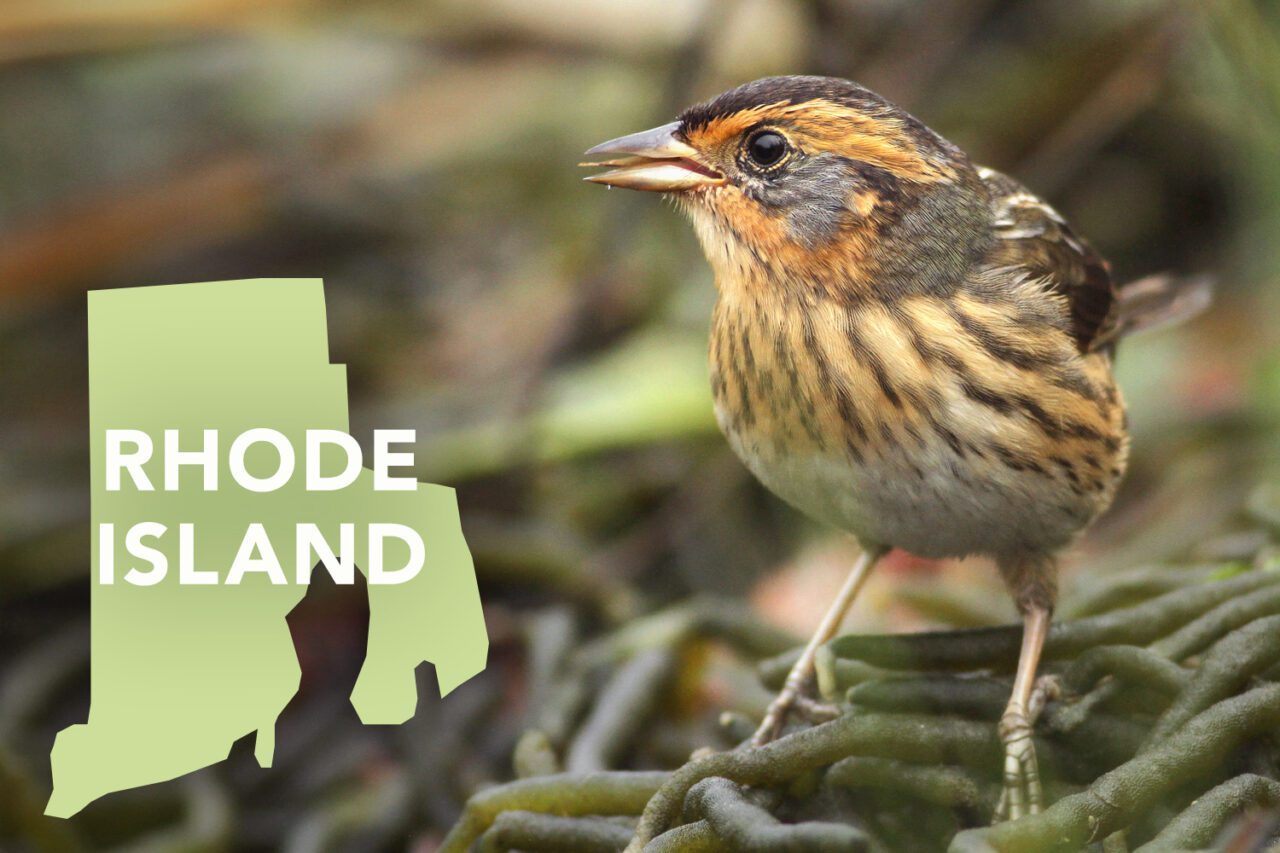
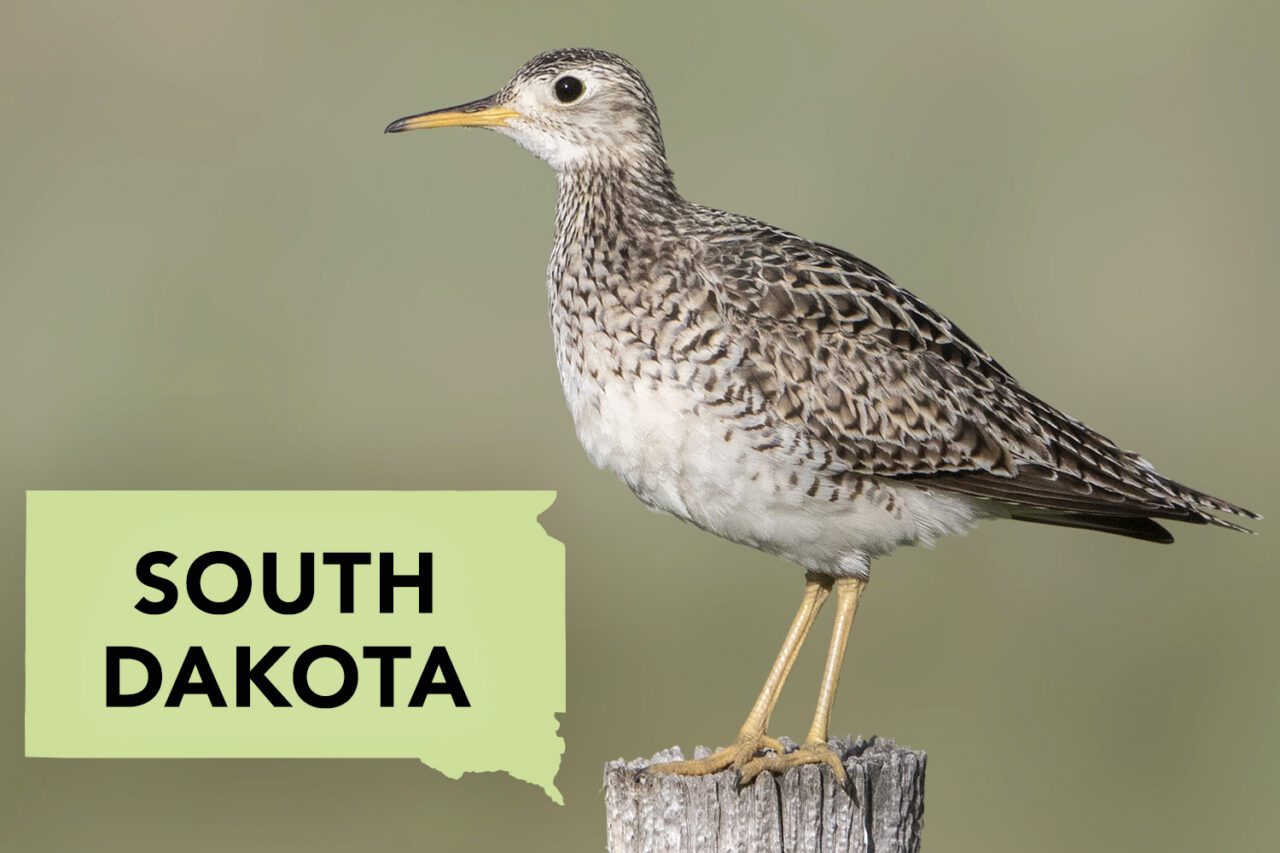
Two States Keep Their State Birds
We’ve made it through 48 states (plus the District of Columbia), and the last two states are, happily, ones that everyone can agree on. When Louisiana and Oklahoma chose their state birds, they happened to settle on species with rock-solid claims in the eBird data; birds with higher proportions or densities of global populations than other candidate bird species.
The Scissor-tailed Flycatcher was chosen as Oklahoma’s official bird by the state legislature in 1951. According to the Oklahoma Historical Society, the scissortail won out because of “its diet of harmful insects” and “the fortunate circumstance that no other state had designated it.” It doesn’t hurt that 13.5% of the global population breeds in Oklahoma—not to mention that fanciful, elegant tail and outrageous salmon-pink highlights.
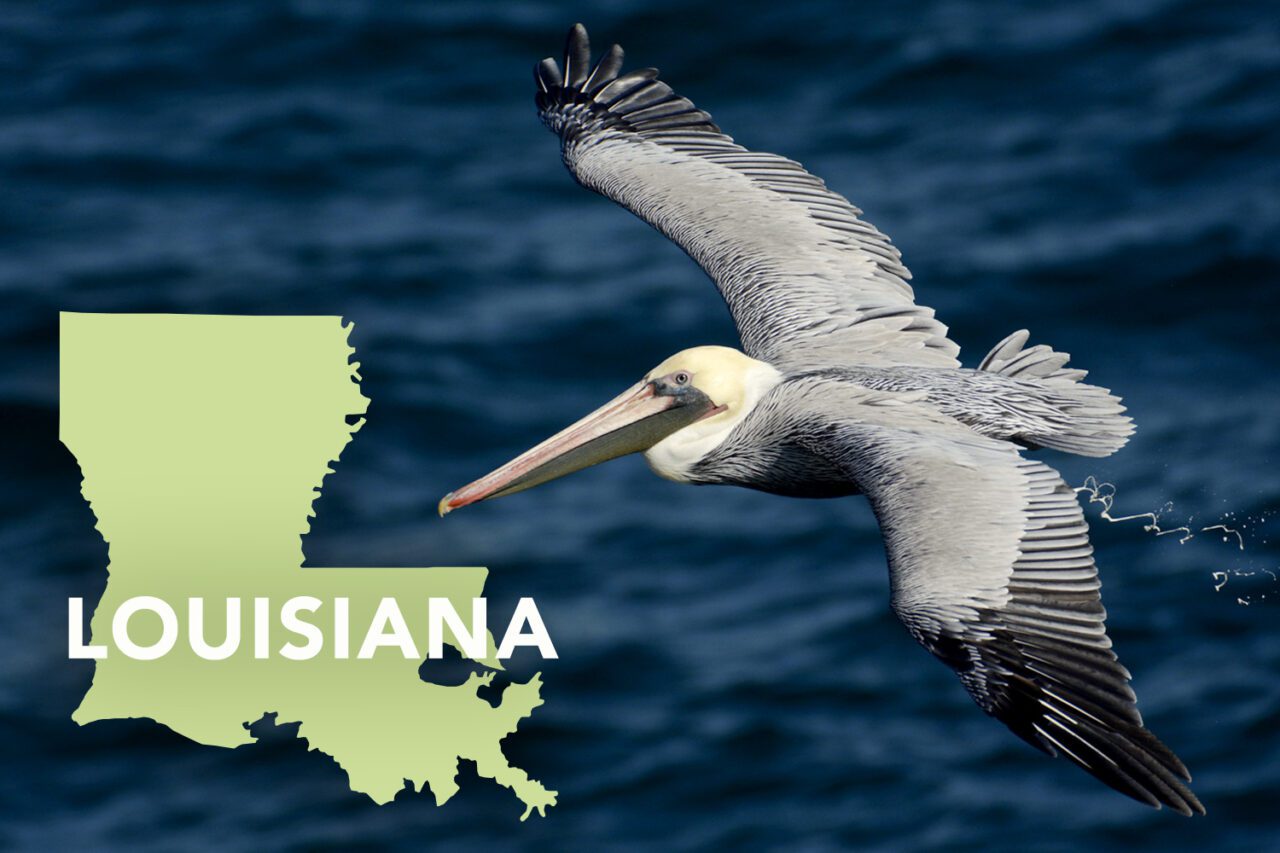
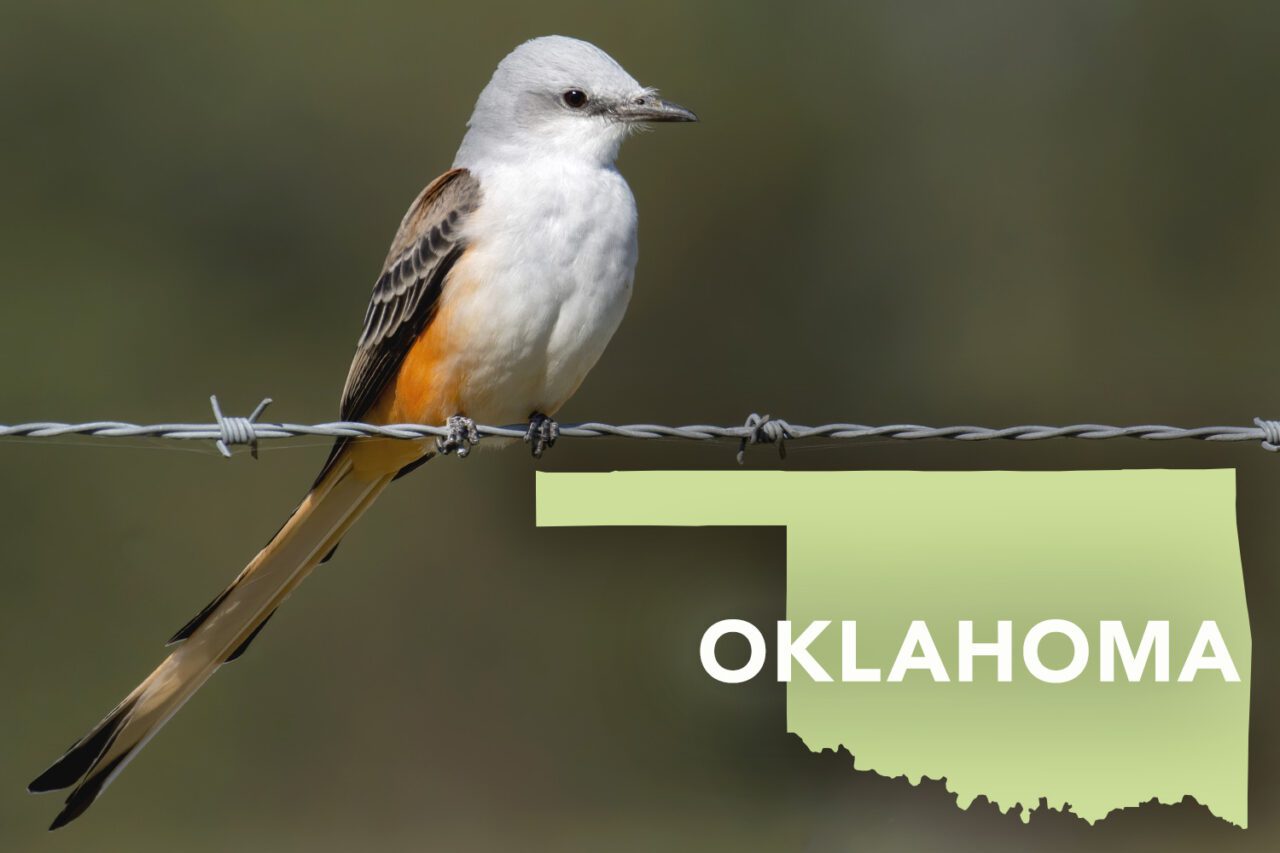
Matt Smith is an applications programmer for the Macaulay Library at the Cornell Lab of Ornithology. Smith conceptualized this story while playing with eBird data as a hobby. Marc Devokaitis is the associate editor of Living Bird magazine.

All About Birds
is a free resource
Available for everyone,
funded by donors like you
American Kestrel by Blair Dudeck / Macaulay Library
